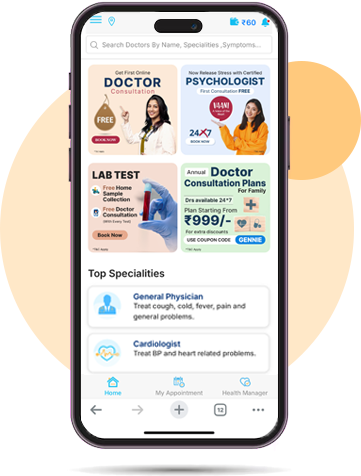How to know when your Teenage Son or Daughter is in a Depression?
December 13 , 2019

Adolescent depression or teenage depression is a disorder that occurs during the teenage years characterized by constant sadness, loss of self-worth, discouragements, and loss of interest in normal activities.
- Adolescent depression can be a passing response to many situations and stresses and depressed mood is common because of the normal maturation process, the stress connected with it, the influence of sex hormones, and the “independence” differences with parents.
- Adolescent depression can also be a response to a disturbing event, such as breakup of girlfriend or boyfriend, death of a friend or relative, or failure at school. Teenagers who have low self-confidence are highly self-critical and feel a little sense of control over negative incidents, and they are specifically at risk to becoming depressed when they go through stressful experiences.
Real depression in teenagers is most of the time difficult to identify because their normal behavior is marked by both up and down moods, with irregular periods of feeling “the world is a great place” and “life sucks”. These types of mood may alternate over a period of hours or days.
Unrelenting depressed moods, failing relationship with family and friends, uncertain school performance, substance abuse, and other negative behavior may signify a serious depressive episode. These symptoms may be identified easily but adolescent depression often manifests very diversely than these classic symptoms of depression.
Too much sleeping, change in eating habits, and even criminal behavior such as shoplifting, may be signs of depression. Another common warning sign of adolescent depression is an obsession with death that may take the form of either fears about death and dying or suicidal thoughts. About fifteen to twenty percent of American teens have experienced a severe episode of depression, which is like the percentage of adults suffering from depression. Long-term depressive disorder generally has its beginning in the young adult years.
Adolescent girls are twice as prone to experience depression. Contributing risk factors include stressful life events such as child abuse, both physical and sexual; loss of a parent to death or divorce; chronic illness; unstable care giving, poor social skills; and family history of depression. It is also linked with eating disorders, specifically bulimia.
Symptoms of adolescent depression include:
- Temper or agitation,
- Depressed or irritable mood,
- Reduced pleasure in daily activities,
- Inability to enjoy activities which used to be enjoyable,
- Excessive daytime sleepiness,
- Change in appetite,
- Usually loss of appetite but sometimes an increase,
- Change in weight
- Unintentional weight gain or loss,
- Fatigue,
- Difficulty making decisions,
- Preoccupation with self,
- Difficulty concentrating,
- Acting-out behavior,
- Excessive or inappropriate feelings of guilt,
- Memory loss episodes,
- Feelings of worthlessness, self-hatred, or sadness,
- Excessive irresponsible behavior pattern, and
- Plans to commit suicide or actual suicide attempt.
If symptoms are continuing for at least two weeks and cause considerable sorrow or difficulty functioning, treatment should be sought. Treatments are similar to those of depressed adults and include psychotherapy and antidepressant medications.
Disclaimer:
The information on this blog is not a substitute for any professional medical diagnosis or treatment. The blog contains text, images or graphics are solely for informational purpose. Before implementing the information mentioned above, seek the advice of a professional doctor regarding any doubt or question you may have about the medical condition or treatment. Also, take the advice of a professional health care provider before making changes in your health care routine.











